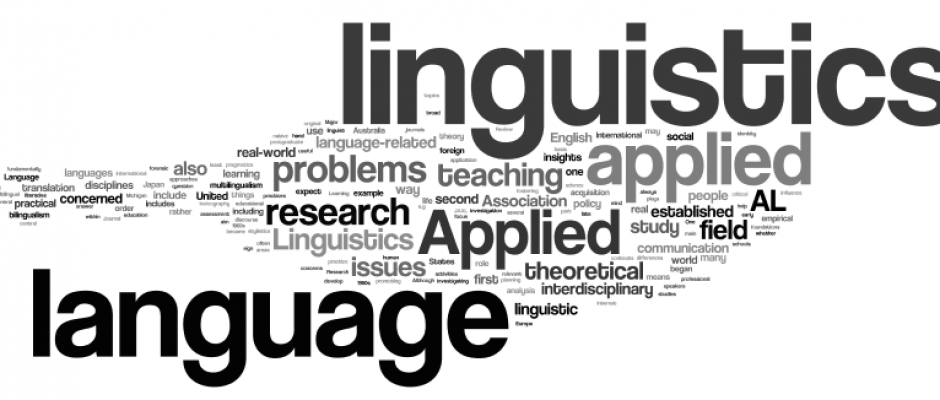All the Scienceline Journals are Gold Open Access that provides immediate open access to the content (articles) published in the journal, on the principle that making research freely available on the Internet to support a greater global exchange of knowledge. The term "Gold Open Access" refers to open access journals of both large and small publishers that are financed via author fees (APC - Article Processing Charges).
The APC for each Open Access article in Scienceline Journals is ranged from EUR €150 - €280.
How does the process work?
If you aim to publish your work via the gold open access option, you are welcome to submit your article to the Scienceline journal of your choice in the normal way. When your article has been accepted for publication you will be asked to pay the APC via a payment method: either by credit card, or by invoice to your institution or research funder with their permission.
Does Scienceline Support Institutional Funding for APCs?
Please contact us if you are interested in discussing institutional payment models for article processing charges (APCs) for members of your organization.
What are my Open Access Licensing options?
Scienceline gives authors of open access articles the option to choose from two Creative Commons licenses in order to enable the open publication of their articles:
CC BY: Creative Commons Attribution License 4.0
According to the Creative Commons website: "This license CC BY, lets other distribute, remix, tweak, and build upon your work, even commercially, as long as they credit you for the original creation. This is the most accommodating of licenses offered. Recommended for maximum dissemination and use of licensed materials."
T![]() he authors are required to grant Scienceline Journals an exclusive license for open access publication of their article with a Creative Commons attribution license (CC BY; http://creativecommons.org/licenses/by/4.0), which permits unrestricted use, share, distribution, and reproduction in any platform and medium, provided that the original work is properly cited.
he authors are required to grant Scienceline Journals an exclusive license for open access publication of their article with a Creative Commons attribution license (CC BY; http://creativecommons.org/licenses/by/4.0), which permits unrestricted use, share, distribution, and reproduction in any platform and medium, provided that the original work is properly cited.
CC BY-NC: Creation Commons Attribution-NonCommercial License 4.0

According to the Creative Commons website: "This license is the restrictive of the CC licenses, allowing others to copy and redistribute the material in any medium or format, remix, transform, and build upon the material, but they can't change them in any way or use them commercially." The content published by Scienceline Journals (from 2011 to 2017) is often licensed under a Creative Commons Attribution-NonCommercial 4.0 International License.
Please note that all authors whose research work is funded by Research Councils UK (RCUK) and Wellcome Trust must select the CC BY license in accordance with those funder mandates effective from 1 April 2013. Other funders will have their specific policies. Please check the requirements of your own research funder before selecting a license: licenses cannot be changed after publication.
If you post your article on any website or repository, acknowledgement in the form of a full citation should be given to the journal as the original source of publications, together with a link to the journal webpage and/or DOI as soon as they are available. Such information will help in getting the work cited.
What is Open Access?
Open Access (OA), simply means publications are freely available online to all at no cost and with limited restrictions with regards reuse.
It is definitely not vanity publishing or self-publishing, nor about the literature that scholars might normally expect to be paid for, such as books for which they hope to earn royalty payments. It concerns the outputs that scholars normally give away free to be published – peer-reviewed journal articles, conference papers and datasets of various kinds."
The unrestricted distribution of study results is especially important for authors (as their work gets seen by more people), readers (as they can access and build on the most recent work in the field) and funders (as the work they fund has broader impact by being able to reach a wider audience).
An overview of fully OA journals can be found in the Directory of Open Access Journals (DOAJ). The formal definitions of Open Access are the Budapest (2002), Bethesda (2003) and Berlin (2003) definitions and they are usually referred to as a consolidated 'BBB definition'.
There are two forms to open access: Gold OA and Green OA
Gold OA makes a published work freely and permanently accessible for everyone, immediately after copyright and permission is retained by the authors. Both Fully OA and hybrid (subscription-based journal) journals publish articles per Gold OA that allows the re-use of the work as long as the authors are acknowledged and cited as they retain the copyright.
Green OA, also referred to as self-archiving, is the practice of placing a version of an author’s manuscript into a repository, making it freely accessible for everyone. The version that can be deposited into a repository is dependent on the funder or publisher. Unlike Gold OA the copyright for these articles usually sits with the publisher of, or the society affiliated with, the title and there are restrictions as to how the work can be reused. There are individual self-archiving policies by journal or publisher that determine the terms and conditions e.g. which article version may be used and when the article can be made openly accessible in the repository (also called an embargo period). A list of publishers’ self-archiving policies can be found on the SHERPA/RoMEO ![]() database.
database.
Benefits of Gold Open Access
- Greater visibility and impact: A broader distribution and increased visibility and citation of articles when are freely and permanently available online immediately upon publication than subscription content (restricted access);
- Content published under a Creative Commons licence can be archived anywhere and allow authors to easily comply with funder requirements;
- Retention of copyright by authors;
- Moves research along faster and the paper can be carried out and published quicker. This is especially important in time sensitive fields and topics (e.g. COVID-19 pandemic);
- Greater public engagement especially when content affects the general public (e.g. patient groups);
- Better management and assessment of research
- Provides the material on which the new semantic web tools for data-mining and text-mining can work, generating new knowledge from existing findings;
- Incorporates local research into interoperable network of global knowledge;
- Increases impact of local research, providing new contacts and research partnerships for authors;
- Removes professional isolation;
- And can support the development of indigenous and science-based knowledge
Additional information for better understanding of Open Access
- The Open Access Scholarly Information Sourcebook (OASIS) and Open Access Week
- OA information for Researchers
- OA information for publishers
- OA information for librarians; educational materials about OA
- OA information for administrators and policy-makers
- OA information for students
- OA information for the public
Related links
















